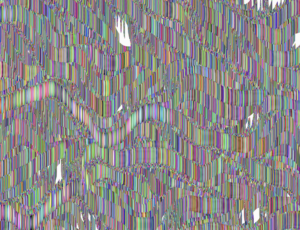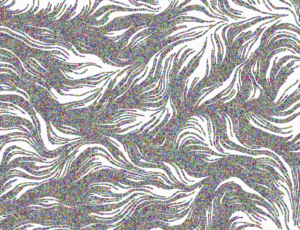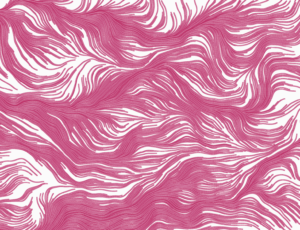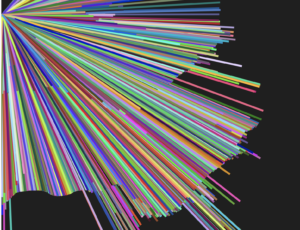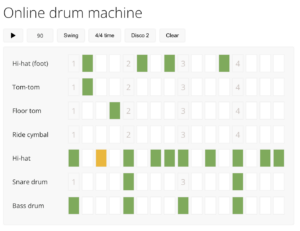The democratization of computer vision represents a remarkable shift in the accessibility and applicability of this technology. In the past, computer vision was often seen as a highly specialized field reserved for experts in signal processing and artificial intelligence. Its applications were largely confined to military and law enforcement. However, the recent developments outlined in the article have broken down these barriers and opened up a world of possibilities.
One of the most exciting aspects of this transformation is the creative renaissance it has sparked. Artists, designers, and novice programmers can now explore and experiment with computer vision to create interactive, visually captivating experiences. This democratization aligns with the broader trend of technology becoming more user-friendly and accessible, empowering individuals to harness the power of advanced technologies for artistic expression and innovation.
The example of “LimboTime” is a testament to the ingenuity that emerges when individuals are given the tools and knowledge to work with computer vision. It’s not just about the technology itself but also about the ideas and artistic visions that can be brought to life. This democratization allows for a diverse range of voices and perspectives to contribute to the development of computer vision applications, enriching the field with fresh insights and innovative approaches.
Furthermore, the article’s emphasis on the synergy between physical environment design and software development is particularly insightful. It reminds me that successful computer vision applications often require a thoughtful integration of the digital and physical worlds. This holistic approach encourages creators to consider the real-world context in which their applications will operate, leading to more effective and imaginative solutions.
As the availability of computer vision tools continues to expand and improve, I can anticipate even more exciting developments in art, gaming, and beyond. The fusion of computer vision with other emerging technologies, such as augmented reality and virtual reality, holds the promise of creating entirely new modes of artistic expression and interactive storytelling. It’s a testament to the power of technology to empower creativity and democratize innovation.
In conclusion, I think the democratization of computer vision is a transformative and positive trend. It not only broadens participation in the field but also enriches the world of art, design, and interactive media. It signifies a shift towards a more inclusive and innovative future where the boundaries of what is possible with computer vision are continually pushed by a diverse community of creators.


